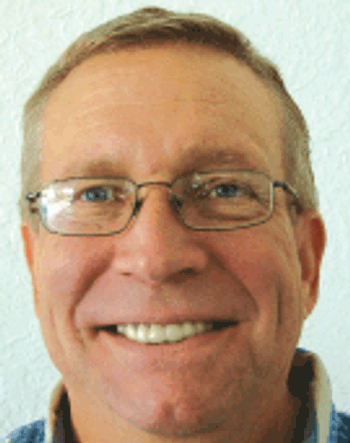
Economic issues beyond the imagingcommunity affect sales of imagingequipment.

Economic issues beyond the imagingcommunity affect sales of imagingequipment.
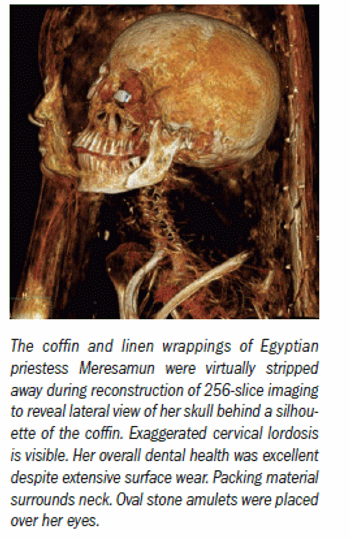
The mummy of the Egyptian priestessMeresamun is helping a radiologistappreciate the recent history of CT withimages that are uncovering mysteriesof a life that ended 2800 years ago.
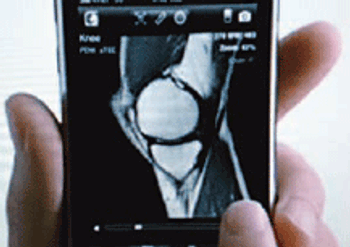
OK radiologists, listen up. And watchyour iPhone screen, too, because itmay soon be filled with an image you’llneed to interpret.

A new 3D fast spin-echo MR sequenceat 3T could one day help musculoskeletalradiologists perform comprehensiveevaluations of articular cartilageof the knee in only five minutes.

Societies hope to eliminate redundant operationsand sharpen educational program's focus

Citing uncertainties about a linkbetween ionizing radiation and cancer,an American Heart Association expertpanel is advising cardiac imagers to usecoronary multislice CT angiographyonly when its clinical benefits areclearly established.

A newborn infant was hospitalized withcomplications related to a congenitalheart disorder.

A Harvard study appears to validate a decisionby the Accreditation Council for GraduateMedical Education requiring at least oneyear of radiological training before residentstake call.

The presence and amountof fat around the heartcould be an independentrisk marker for coronaryartery disease.

Use of noninvasive diagnostic imaging at private imaging facilities between 1996 and 2006 skyrocketed while hospitals' share of the imaging market fell, according to a Thomas Jefferson University study.

The perceived threatof medical malpracticeclaims makes a biggerimpression on radiologiststhan is warrantedby the actual risk of litigation.

Multislice CT angiography can save lives byidentifying occult congenital cardiac anomaliesand disease that could lead to suddencardiac death among competitive athletes.

Breast cancer screening rates are declining,according to a recent study by the Centers forDisease Control and Prevention.

It is not news to anyone that weare going through some verydifficult economic times.Radiology groups are feeling theeconomic squeeze just like othersmall businesses.
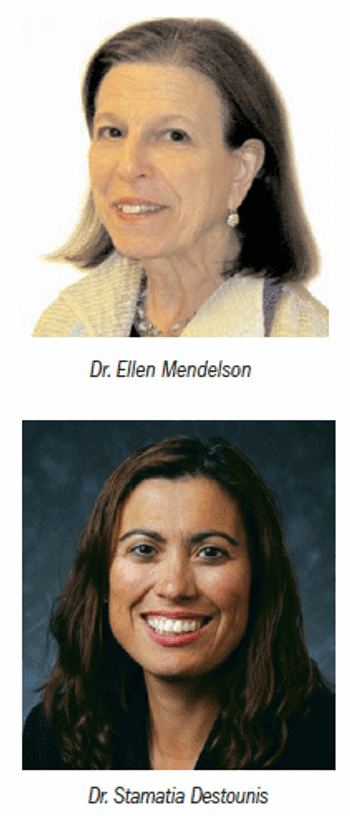
Women's imaging is moving and shifting in seeminglypredictable ways, but that doesn't mean practicehas become easier.

Like many parts of the Obama administration'sstimulus plan, the $19 billion setaside for healthcare IT contains manyuncertainties.

Let's go around and introduceourselves and explain why we'rehere.
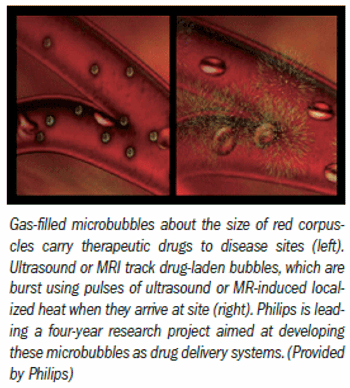
A consortium of more than a dozen European companies and universities is exploring the use of ultrasound and MR to guide or even unleash therapeutic drugs.

In a commentary on the mammography controversypublished in Diagnostic Imaging six and ahalf years ago,2 I discussed how two prestigiousgroups of scientists analyzed data from the eightmost commonly recognized clinical trials onscreening mammography conducted to date andarrived at opposite conclusions.

Inhance 3D Velocity depicts colorcodedarterial and venous flow inbrain without administration ofcontrast media.

Breast-specific gamma imaging has the highest sensitivity for thedetection of invasive lobular carcinoma, according to a study in theAmerican Journal of Roentgenology.

Uterine artery embolization can be performed in young women who still wish to become pregnant, according to a study in Fertility and Sterility.

MRI can predict the presence of lymph node involvement in women with early invasive cervical cancer, according to a study in Gynecologic Oncology.

Surgical decisions should not be based solely on MRI findings because not all suspicious lesions on MRI are cancer, and suspicious lesions should be biopsied before a surgical plan is devised in order to avoid surgical overtreatment, according to guidelines published in the Journal of the National Comprehensive Cancer Network.

Like devout joggers, thin-client technology keeps getting thinner and thinner. Some clients are now so thin they are virtually transparent.

The PACS or RIS/PACS environment that seems to hum along problem-free and productively most of the time is likely benefiting from three characteristics of the successful PACS operation.

Your putt, Bob. You know,this is the best CME courseI've been to. I'm sorry it'sthe last day.

Alternating two screening modalities pays off forwomen with high genetic likelihood of breast cancerAlternating MRI with mammographyevery six months picks up breastcancers missed when mammographyis performed alone for high-riskwomen.

A recent study hints that by lowering accessbarriers to mammography, the governmentcould offset the tendency of uninsuredminority women to delay seeking medicalhelp, including mammography.

A study from the Institute for Energy and Environment Research blasted U.S. regulators for relying on radiation protection rules that underestimate exposure risks for women and children because they are based on standards of a “reference man,” a hypothetical 20 to 30-year-old white male.